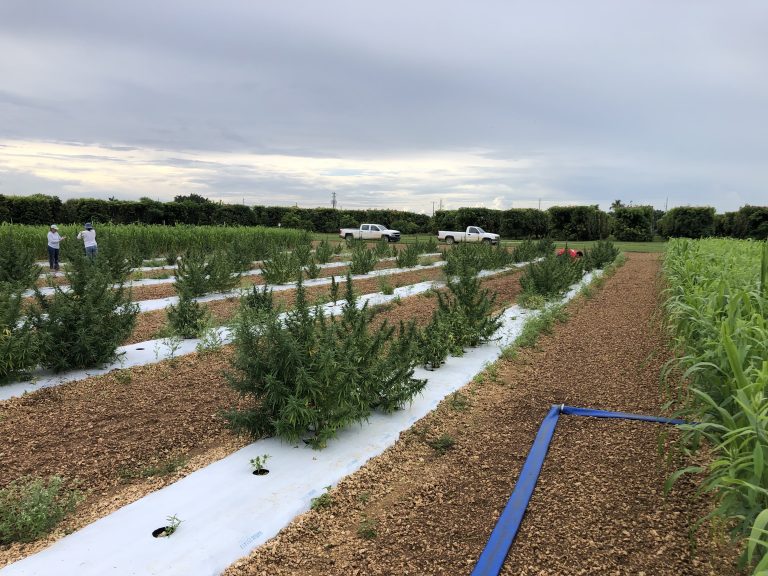
A new University of Florida (UF) study shows how drones can do more than just take aerial pictures and videos — they can help farmers grow better hemp by seeing the health of their crops with some artificial intelligence (AI) assistance.
Researchers at the UF Institute of Food and Agricultural Sciences (UF/IFAS) Tropical Research and Education Center (TREC) in Homestead used drone-based imaging to help determine how much nitrogen fertilizer hemp plants need for optimal growth and flower production.
Their findings could help growers optimize fertilizer use to save money and preserve the environment.
“Farmers are looking for ways to assess their crops throughout the year to make informed fertilizer decisions,” said Zack Brym, associate professor of agronomy at UF/IFAS TREC. “We’ve shown that farmers with access to aerial images using red and near infrared (NIR) detection can spot differences in plant health by their color when scanning their fields.
Timely and precise fertilizer applications can significantly impact hemp crop yield and quality, Brym said.
“Since nutrients move through the soil so fast in Florida, farmers are applying fertilizer multiple times each year. Technology like the use of drone imaging will help determine how much fertilizer might be needed mid-season, promoting more efficient use of resources and supporting sustainable farming practices,” he said.
Hemp, a plant reintroduced in 2019 for cultivation research in Florida agriculture, provides an alternate opportunity for farmers due to the potential demand for hemp products across various industries. Low-input systems for fiber production may also offer benefits to soil health and carbon sequestration.
One of the biggest challenges, though, is figuring out how much nitrogen — an essential plant nutrient — is needed for optimal crop growth and yield. Too little, and the plant suffers with chlorosis or yellowing of the foliage, stunted crop growth and reduced yield. Too much, and the plant may grow excess leafy material with little benefit to the valuable flower production.
Aerial Imaging
Brym and his team set out to study this problem using aerial imaging. They grew a popular floral hemp variety called ‘Wife’ over three years and applied six nitrogen fertilizer rates, from none to very high. Using drones equipped with multispectral cameras, they flew over the fields one month before harvest to capture images of the crop from above. These images measured how green and healthy the plants were, indicating how well they grew under different nitrogen rates.
The study found that using a moderate amount of nitrogen — 112 to 168 kilograms per hectare or about 100 to 150 pounds per acre — resulted in the healthiest plants and greatest flower yields. Drone images picked up clear differences in plant size and color, which matched the actual amount of plant material harvested. The drone images provided real-time, accurate insights into the plant conditions on the ground.









